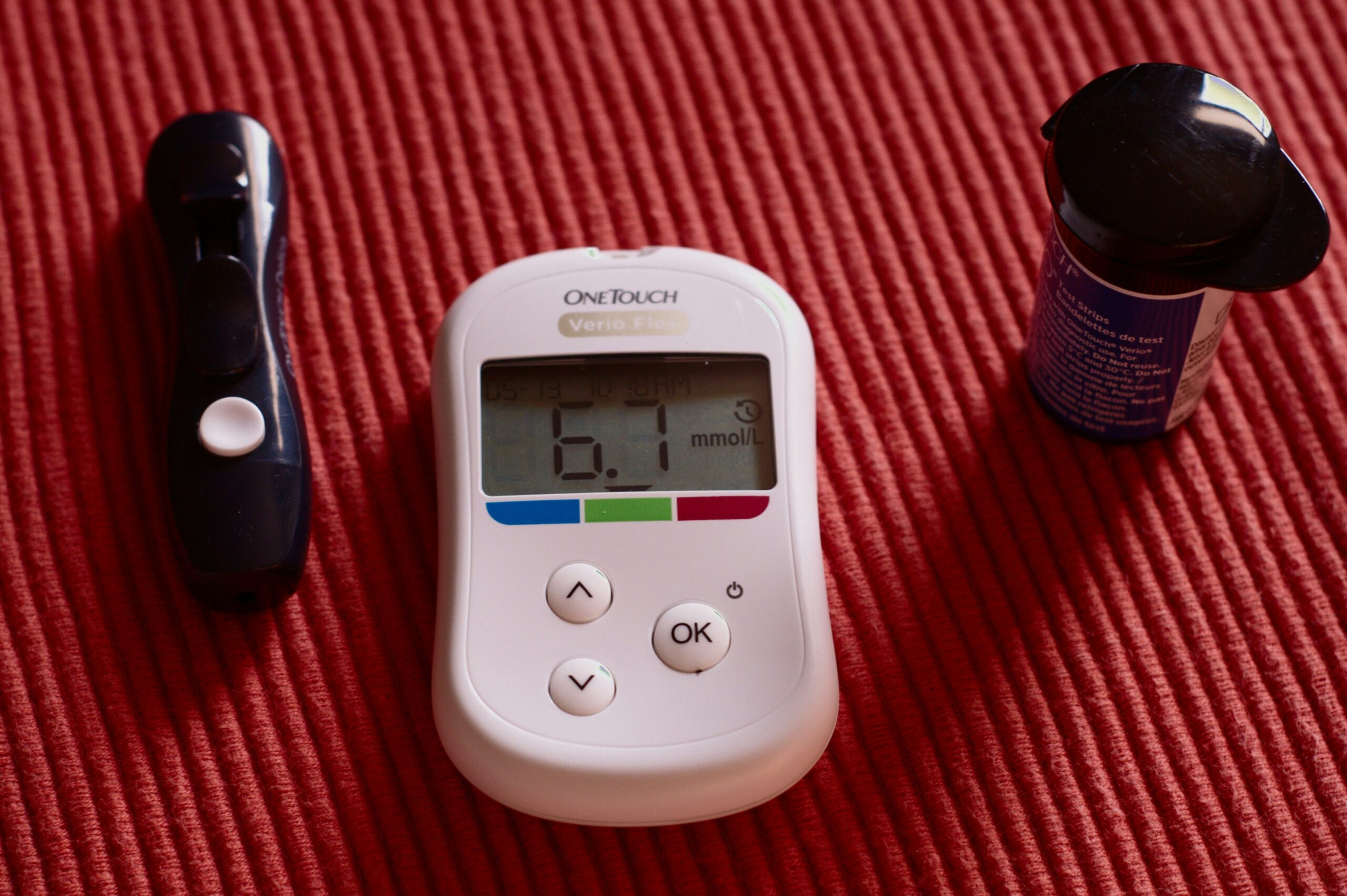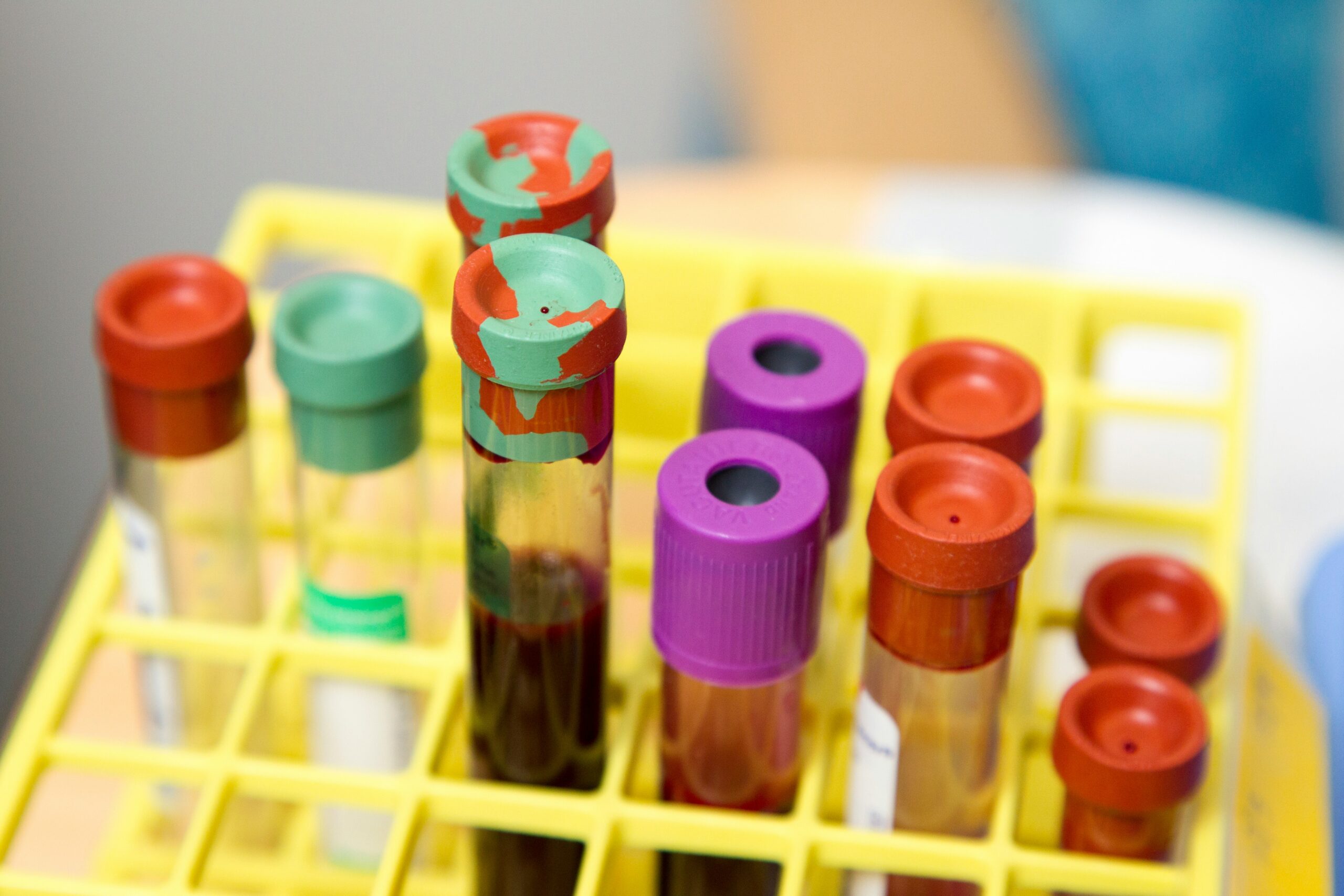White Blood cells have exceptionally vital employment in a safe framework. They move through blood and lymph frameworks to secure the body from diseases and other terrible things. Red cells carry oxygen, but those not red participate in activities associated with the body's defense framework.
Distinctive kinds of white blood cells, such as neutrophils, lymphocytes, monocytes, eosinophils, and basophils, have unique occupations. They make a different and adaptable defense framework pivotal for keeping us solid and battling maladies.
White blood cells begin within the bone marrow, where extraordinary hematopoietic stem cells make them. After they are made, these modern white blood cells move into the circulation system and travel to different tissues in the body. They live for diverse lengths of time.
Some types of white blood cells exist for a number of hours, whereas memory cells can survive for a long time. That's because memory cells have the uncommon capacity to donate long-lasting susceptibility.
White blood cell counts ordinarily extend from 4,000 to 11,000 cells in each microliter of blood for a sound grown-up. However, this extent can alter due to distinctive factors like age and sex. For illustration, babies and little children may have more WBC numbers when we compare them to grown-ups.
The number of white blood cells can shift for diverse reasons. When it increments, we say it's leukocytosis; this might happen because of diseases, irritation, stress, or a few drugs an individual utilizes. On the other hand, on the off chance that there's a diminish within the number of white blood cells – called leukopenias – it may be due to issues with bone marrow, like when cancer spreads into your bone marrow and devastates solid cells; genuine contaminations, for illustration, tuberculosis; immune system disorders where the body erroneously assaults itself as well much (like lupus); or from strong medicines comparative to those utilized amid chemotherapy treatment.

White blood cells, called leukocytes, do numerous critical employments for our resistant framework. The body has diverse sorts of WBCs:
Neutrophils![]() are the most common white blood cell, making up around 60-70% of all WBCs. They play an exceptionally imperative role in battling disease at the spot where it happens by gulping and wrecking microscopic organisms and parasites. Neutrophils have uncommon chemicals that can break down these germs; this activity is critical for the body's speedy provocative reaction.
are the most common white blood cell, making up around 60-70% of all WBCs. They play an exceptionally imperative role in battling disease at the spot where it happens by gulping and wrecking microscopic organisms and parasites. Neutrophils have uncommon chemicals that can break down these germs; this activity is critical for the body's speedy provocative reaction.
Lymphocytes are almost 20-40% of all white blood cells. They play a critical portion in our versatile, safe framework. Able to separate them into three primary sorts:
B cells, T cells, and natural executioner (NK) cells. B Cells are well-known for making antibodies. These extraordinary proteins can point at particular destructive germs. T Cells, on the other hand, have the control to eradicate cells that are tainted or cancerous, and they, too, control safe responses. NK Cells react instantly to virus-infected and tumor cells.
Monocytes make up 2-8% of white blood cells and are enormous cells that can swallow other things. When monocytes move to tissues, they alter into macrophages and dendritic cells. Macrophages have a work of eating up terrible germs, dead cells, and waste stuff. Dendritic cells appear as pieces of these germs (called antigens) to T-cells, which begin and oversee the body's defense reaction and are called the versatile, safe framework.
Eosinophils make up almost 1-4% of all WBCs. These cells battle parasitic contaminations and unfavorably susceptible responses by discharging harmful granules that annihilate parasites and control aggravation.
Basophils, the most minor group of white blood cells, make up less than 1% of the entire WBC check. They discharge histamine and other chemicals that cause irritation amid hypersensitivities or asthma episodes. Basophils, moreover, help oversee how the body responds to allergens by releasing substances like leukotrienes or prostaglandins.
Numerous well-being issues can be associated with white blood cells. If there's an abundance or deficiency of these cells, or they are not working accurately, one may involve the taking after conditions. These run from mellow to exceptionally extreme and might result in life-threatening maladies.
Leukocytosis alludes to a circumstance where the body has intemperate white blood cells. Sometimes, this will be satisfactory and happens because of contamination or stress. If the numbers stay lifted for a drawn-out period or become exceedingly high, it may show something serious, such as leukemia. Leukemia, a frame of cancer that starts within the bone marrow, makes abnormal white blood cells. These unusual cells uproot ordinary ones from their part and diminish the quality of our safe framework.
Leukopeniameans have low white blood cells, which comes about in simply catching of contaminations. It may be caused by issues with the bone marrow, immune system ailments like lupus, exceptionally genuine diseases such as HIV, and medicines such as chemotherapy or radiation treatment.
White blood cells, presently and after, may have issues with their functioning. That causes issues within the safe framework. In immune system illnesses, these cells wrongly recognize and attack body tissues as if they were unsafe gatecrashers. Ailments like rheumatoid joint pain, numerous sclerosis, and type 1 diabetes happen when white blood cells are not working legitimately. These failing white blood cells start to assault the body's sound tissues.

Difficulties arising from illnesses related to white blood cells can affect one's well-being and quality of life. If the count of white blood cells remains high over an extended period, a condition called leukocytosis may result in blood clots that increase the danger of stroke or heart attack. In addition, it may lead to organ damage because of numerous collected white blood cells.
Constant leukopenia is a condition in which an individual is more vulnerable to exceptionally serious contaminations. If there aren't sufficient white blood cells to combat harmful microorganisms, even small contaminations can become greatly dangerous. It requires quick help from therapeutic experts so that issues don't heighten.
Immune system issues, including white blood cells, have the potential to cause noteworthy hurt in tissues and organs. For occurrence, systemic lupus erythematosus![]() impacts the skin, joints, kidneys, and other parts of the body, leading to drawn-out torment and disabilities related to their usefulness.
impacts the skin, joints, kidneys, and other parts of the body, leading to drawn-out torment and disabilities related to their usefulness.
Responses from sensitivities due to white blood cells may show up differently. Occasionally, they may be gentle and display signs such as itchiness or a skin hasty; be that as it may, on other occasions, this response can rise into serious anaphylaxis, requiring quick therapeutic intercession. When aggravation continues for an extended period, tissues can endure hurt and make scars, leading to decreased organ usefulness.
Specialists utilize different strategies to find issues with white blood cells. First, they ask about the person's past well-being and carry out a physical evaluation. Hence, a few research facility examinations are conducted to comprehend why there could be deviations in WBC counts or issues with their functioning.
A full blood count (CBC) test checks the sum and different sorts of white blood cells displayed in your blood. That gives subtle elements around the common great well-being of your immune framework. The examination can appear if you've got contaminations, swelling, troubles with bone marrow, or blood cancers such as leukemia. The CBC, which could be a fundamental blood test, shows the amount of each kind of white blood cell in your body. It gives an outline of your general safe framework circumstance. The differential count gives subtle elements on the rates of distinctive white cells displayed, making a difference in distinguishing specific well-being issues.
If blood tests uncover unordinary sums of white blood cells, at that point, a bone marrow biopsy becomes essential. In this operation, a minor portion of bone marrow is expelled – ordinarily from the hip bone. The test taken will be watched through a magnifying instrument for closer consideration. The examination finds well-being troubles like leukemia, lymphoma, myelodysplastic disorders, and distinctive issues with bone marrow. It gives particular information about what sorts and stages of blood cells are present.
Flow cytometry![]() may be a strategy for looking into cells' physical and chemical characteristics. This procedure helps find out if somebody has blood cancers such as leukemia or lymphoma and also recognizes certain sicknesses. By utilizing flow cytometry, we will discover bizarre cells, see cell surface markers, and check diverse sorts of cells in a blood or bone marrow test.
may be a strategy for looking into cells' physical and chemical characteristics. This procedure helps find out if somebody has blood cancers such as leukemia or lymphoma and also recognizes certain sicknesses. By utilizing flow cytometry, we will discover bizarre cells, see cell surface markers, and check diverse sorts of cells in a blood or bone marrow test.
Molecular and genetic tests are valuable for finding specific quality changes and issues related to white blood cell issues. These tests help specialists decide on acquired sicknesses, like serious combined immunodeficiency (SCID), and recognize changes in cancer cells that seem to influence treatment choices. Strategies such as polymerase chain response (PCR) and next-generation sequencing (NGS) are commonly connected in these considerations.
Immunophenotyping![]() , which utilizes antibodies to recognize specific proteins displayed on white blood cells' external layer, helps recognize different sorts of lymphocytes and identify sicknesses like lymphomas and leukemias. It is usually combined with stream cytometry to provide more comprehensive information about the patient's resistance framework profile.
, which utilizes antibodies to recognize specific proteins displayed on white blood cells' external layer, helps recognize different sorts of lymphocytes and identify sicknesses like lymphomas and leukemias. It is usually combined with stream cytometry to provide more comprehensive information about the patient's resistance framework profile.

Treatment for issues with white blood cells shifts depending on why they are an issue and how genuine the issue is. There are numerous ways to urge typical white blood cell function and check back, from taking medicine to more advanced medicines.
Illnesses that increment white blood cell numbers or are due to leukopenia are regularly treated with antimicrobial or antiviral drugs. These medications point to freeing of the germs causing the malady, permitting white blood cell numbers to go back to ordinary. It's basic to utilize these medicines wisely to maintain a strategic distance from resistance and guarantee viability.
Immune system issues and well-being issues where white blood cells, which ought to ensure us, instep assault our bodies, like exceptionally awful sensitivities and persistent swelling infections, frequently require medicines to form the body's defense framework less dynamic. Medications incorporate corticosteroids, m**********e, and biologics to assist in lowering the resistant system's response. It can decrease the side effects and anticipate extra hurt to body tissues. It's basic to screen these treatments carefully to guarantee they are viable and don't result in numerous side impacts.
Stem cell transplant from bone marrow, also known as “hematopoietic stem cell transplant,” could be a way to treat a few cancers and genuine bone marrow issues. In this method, you expel the awful or wiped-out bone marrow and put in solid stem cells from somebody else's gift. It can aid the body in making customary blood cells, such as white blood cells, once more. Bone marrow transplants are difficult to achieve and require numerous tests to guarantee it's a reasonable coordinate. Moreover, they require a part of care to oversee any issues that might emerge.
Development components like granulocyte colony-stimulating factor (G-CSF) are exceptionally imperative for raising white blood cells in individuals with leukopenias, especially those who are getting chemotherapy treatment. These sorts of pharmaceuticals help decrease the chance of getting diseases by expanding the number of neutrophils found in people's blood. Development factor therapy is frequently given by shots and closely observed for how well it works and any negative responses.